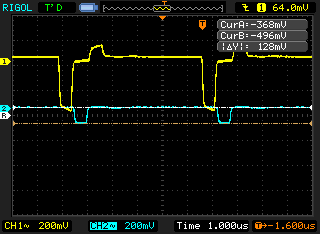You are here: start » activities » main
Wave Propagation in a Coaxial Cable
Highlights of the activity
- This integrated lab activity is designed to help upper-division undergraduate students learn how relative impedance affects transmission and reflection coefficients, the effect of damping , and how to model both effects.
- Students measured the speed of a voltage wave propagating along a coaxial cable and investigated the reflection and transmission of the voltage wave.
- The small group discussions revolve around experimental parameters.
Reasons to spend class time on the activity
This simple experiment is surprisingly rich in important lessons. First, it is, for some students, the first real experience with using an oscilloscope (about half the students are also enrolled in an electronics course), and all students benefit from the need to understand that improper connections etc. have real consequences for measurements! Almost all students are unfamiliar with the terminology “50-ohm cable”, and few have ever considered how electrical signals propagate. Second, the experiment offers the opportunity for prediction of the wave speed, and for subsequent discussion of why it is of the order of, but not exactly equal to, the speed of light. (Students routinely declare, incorrectly, that this is due to energy loss). Third, the change of size and sign of an electrical pulse upon reflection at a boundary is nicely illustrated (the cable is terminated with a variable resistor). Fourth, the issue of damping must be squarely addressed, and we use this laboratory as a vehicle for “independent research” into damping (in the sense that it is not explicitly addressed in prior lectures and the lab is the discovery vehicle). Finally, the experiment offers the chance to introduce the concept of 'modeling a system', rather than 'verification of a theory'. In this context, it can be used as a writing-intensive experience in which students must focus on presenting the experiment, model and inferences well. A “writing to learn” approach is emphasized. As they write, students realize which aspects they don't fully understand and must seek to improve their understanding.
